Health of the oceans
If the Oceans were to go to the doctors for a physical, they would be told that they are overheated, acidifying, and full of trash; but this isn’t a new diagnosis. On a global scale, the ocean surface (upper ~250 ft) has warmed by about 0.2 degrees fahrenheit every 10 years from 1971-2010 (IPCC ). Since the early 1800s, the oceans have become 26% more acidic because they absorb most of the extra Carbon Dioxide which is being produced by greenhouse gases (IPCC ). This is great for us because the oceans act as a buffer for climate changes on land, but not so great for the 50-80% of all earth-life living in the oceans whose home is now more acidic. The third major ocean health problem is OUR trash, specifically plastics.
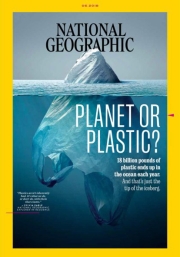

Plastics and marine environments
8 million tons of plastic trash enter our oceans EVERY YEAR. That’s 275,000 loaded dump trucks, or 44,000 Blue whales, or 1,200 Eiffel towers. It goes without saying that plastics are a huge problem for marine life. From seabirds to sea turtles, over 700 species of ocean-dwelling animals are known to be affected by our plastic pollution. Microplastics, plastic pieces that are < 5 mm (about the size of a red ant), are eaten by marine animals of all sizes, and end up making their way up through the food chain into the seafood that we eat. Even corals have been found to eat microplastics because they think our trash is tasty! Beyond entanglement and ingestion troubles, plastic debris accumulate toxins and can even spread disease in marine environments. But don’t just take our word on it, check out National Geographic’s latest issue: Planet or Plastic?
Plastic production and climate change
Around 300 million tons of plastic is produced every year around the world, the equivalent of 375 golden gate bridges, 822 empire state buildings, or 1,000 cruise ships. Plastics are normally made from oil and gas, which are fossil fuels that are broken down, and re-forged into plastic resins. This process causes greenhouse gas emissions, which contribute to climate change. It is estimated that producing the average 500ml plastic bottle has a carbon footprint of 82.8g of CO2. That doesn’t seem like much, but in the United States we produce around 50 billion plastic water bottles each year, or 4.5 million tonnes of CO2. This uses enough oil to fuel 1.3 million cars for a WHOLE YEAR.
What can we do about it?
Making a change is challenging. Modern life is designed around plastic packaging and ease of use. It is hard to think about going through a week, or even a day, without using something that at one point came to you wrapped in plastic. One way you can make a big difference is to push for sustainable laws in your local government. Policies that have been passed include local plastic bag bans and taxes, as well as the microbead free waters act, which has resulted in cosmetics containing artificial exfoliating beads being pulled from the shelves. Locally, the Beach Sisters Peer Leaders, a group from Girls Inc in Lynn MA partnered with the MSC, have been working on a plastic bag ban in Lynn and are also advocating for a MA-wide bag ban.
Another way we can make a change is through our actions in our day to day lives. Making sustainable choices can seem daunting, but making small changes in your lifestyle can add up to a big difference in greenhouse gas emissions, and can actually save you a lot of money! We are a pair of environmental scientists, who study the impacts of climate change and pollution on marine systems, and we decided that it was time to take more action to address our own impacts on the environment. We decided that the best way to do this would be to make one change each month, until eventually these changes are part of our normal routine. Changes we have made so far include switching to wooden toothbrushes, using reusable coffee cups, and switching to loose leaf tea. You can follow our sustainable adventures on our personal blogs (Sara & Louise). To get some more ideas we decided to survey our workplace and see what sustainable changes our co-workers have made.
1. Bike to work.
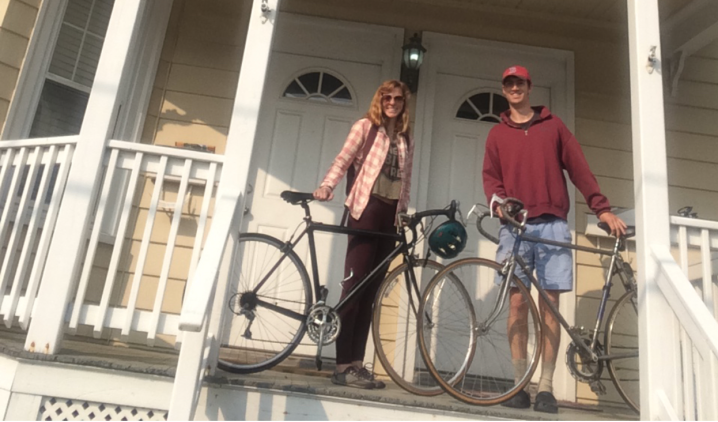
2. Use reusable shopping bags.
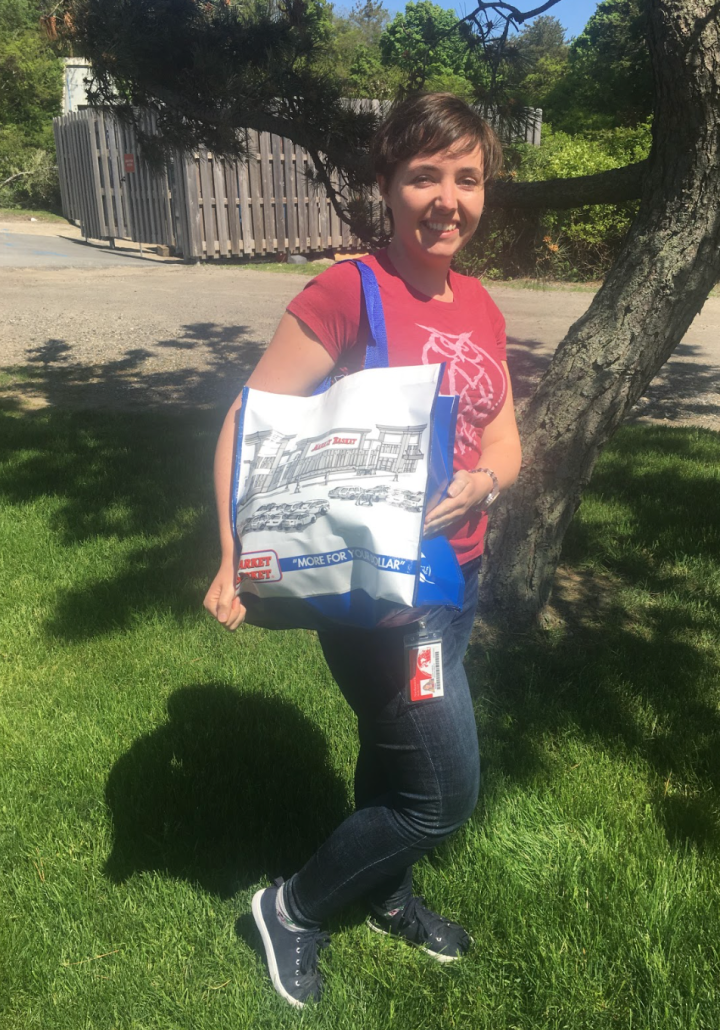
3. Use reusable mugs and water bottles.
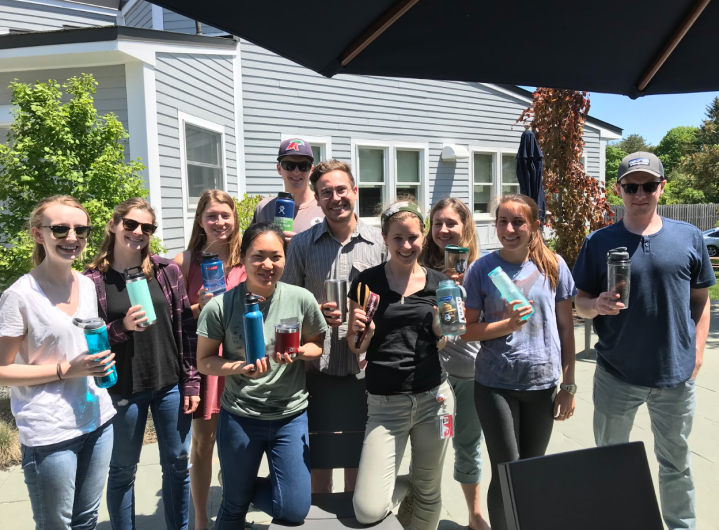
4. Carpool.

5. Skip the disposable teabags and get your own tea infuser to use with loose leaf tea.

6. Have a sustainable period.
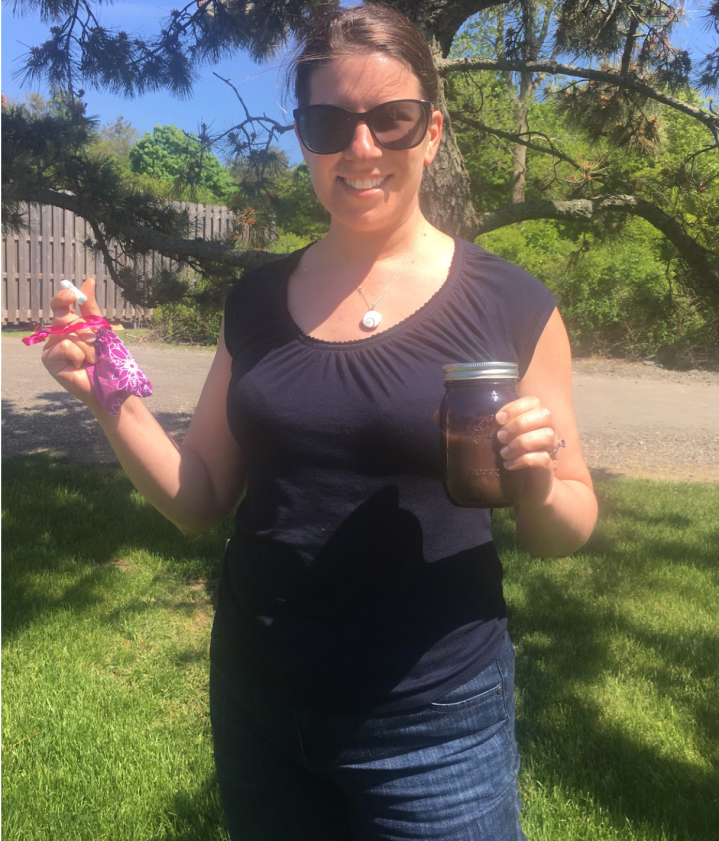
7. Bring your own utensils.
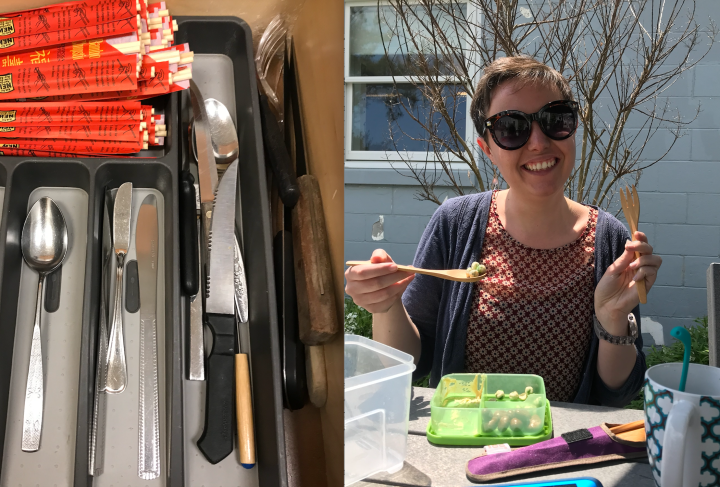
8. Skip the straw, or get a reusable one.
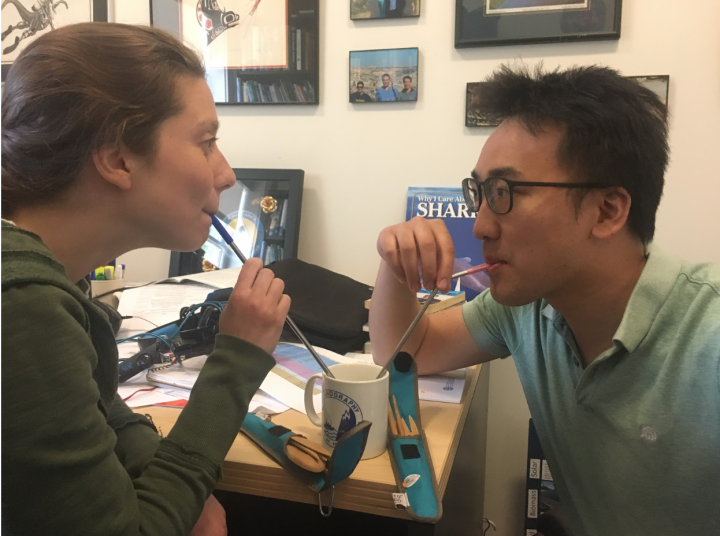
- Francis and Amanda have ditched plastic straws and instead use metal straws.
Happy World Oceans Day!
By: Sara Williams (@SaraDWms) and Louise Cameron (@louisecam93)

